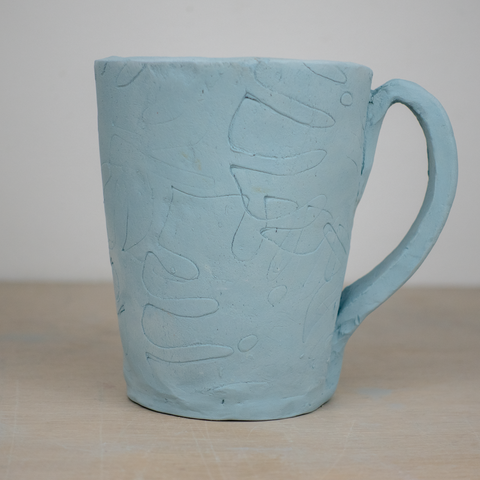

Make a Mug
Make a handmade mug using slabs of clay. You'll love the organic shape and character that comes with hand-building your own mug. Experiment with texture and glaze to create a mug as unique as you. No pottery wheel required!
GET IT FIRED 🔥
This project needs fired in a kiln to use with food or drinks. Find a firing studio.
PROJECT INSTRUCTIONS
SUPPLIES + TOOLS
- 2lbs of Clay (low, mid or high fire)
- Workspace Cover: Non-stick surface
- Needle Tool or Wooden Skewer
- Mug Pattern
- Rolling Pin
- Slip
- Plastic Cup (for shaping)
- Plastic Wrap (for support)
- Glazes and Underglazes
- Optional: Rolling pin guides, scoring tool, bevel tool, surface decoration tools, heat gun, underglaze transfers, stencils, stamps
- Safety Gear: Heat-resistant gloves, protective eyewear
PREPARATION
Prepare Your Workspace
- Set up a clean, non-stick surface.
- Arrange all tools and supplies for easy access.
- Prepare your slip for joining clay.
Making Clay and Slip
- Cut and wedge the clay.
- Mix clay scraps with water to a yogurt-like consistency.
- In humid environments, use a heat gun to firm up the clay, ensuring safety with heat-resistant gloves and eyewear.
INSTRUCTIONS
➊ Roll and Texture the Clay
- Roll the clay to about 1/4" thickness using a rolling pin. Roll in different directions and flip the slab in between.
- When working with slabs, be careful not to stretch the slab or cut out pieces. Handle the slabs as little as possible, using a light touch when shaping and smoothing.
- For texture emphasis, concentrate on the area that corresponds to the user's dominant hand (right or left side of arch).
- Apply underglaze transfers or use stencils rolled into the clay. If using stencils, consider painting underglaze on the stencil for added color.
➋ Cut and Bevel the Mug Pieces
- Trace and cut out the mug's components using the pattern.
- Bevel the short edges of the side piece(s) - making sure to flip the clay over before beveling the second side. Do not bevel the top or bottom of the side piece. Do not bevel the base.
- Score the edge of the base, the bottom and the short sides of the mug side. Do not score the top of the arch (longest side).
➌ Attach the Side to the Base
- Score and slip the beveled edges of the side piece, apply slip and carefully press together and smooth the joint, being careful not to misshape the mug.
- If your clay is really moist or of you live in a humid area, you may need to allow your cut out pattern pieces of clay dry a little bit before assembling. If the clay cannot stand on it's edge when you form a cone, it may be too wet still.
- Add slip to the edge of the base and attach the mug side to the base.
- Carefully join them, ensuring a tight seam and smoothing the edges. You can use the plastic cup to reshape the cup if needed, just insert it gently and twist to keep it from sticking as you round it out. Do not push the plastic cup too far into the mug or it may split the seam.
➍ Create and Attach the Handle
- Roll and cut a strip of clay for the handle.
- Experiment with different designs for ergonomic and aesthetic appeal.
- Score and slip the attachment points on the mug and the handle.
- Attach the handle, using plastic wrap and paper towels to support its shape while drying.
➎ Seal the Bottom of the Mug
- If a coil is used, smooth it with tools like a rubber rib or a spoon to access hard-to-reach areas inside the mug.
➏ Glazing Options
- Consider underglaze with a clear overglaze or layering different glazes for unique effects.
- Apply glazes according to the manufacturer's instructions.
Safety and Best Practices
- Keep your work surfaces and tools clean and wet to avoid dust. Wear a dust mask if working with dry materials.
- Wear protective gear when using a heat gun.
- Ensure a solid attachment of the handle for durability and comfort.
- Let the mug dry slowly and evenly to prevent cracking. If you need to pause while working, cover your pottery with a wet towel or plastic wrap to keep it moist.
- Follow all kiln safety instructions for bisque and glaze firings.
CLEANING AND CARING FOR HANDMADE POTTERY
Handmade pottery, with its unique charm and character, requires special care to maintain its beauty and functionality. Here are recommended guidelines to ensure your pottery stays in excellent condition for years to come.
Cleaning Handmade Pottery
General Cleaning:
- Use warm, soapy water to gently wash your pottery. Avoid using harsh detergents, as they can dull the glaze or damage the surface.
- Use a soft sponge or cloth to avoid scratching.
- For unglazed areas, a soft brush can help remove dirt without damaging the pottery.
Removing Stains:
- Mix baking soda with water to create a paste. Apply it to stained areas and gently rub with a soft cloth.
- Rinse thoroughly after stain removal.
Dishwasher Use:
- While some pottery is dishwasher safe, hand washing is always preferred to prevent chipping and preserve the finish.
- If using a dishwasher, place pottery in a secure spot where it won't knock against other items.
Caring for Your Pottery
Avoiding Thermal Shock:
- Do not subject pottery to sudden temperature changes (like taking a dish from the refrigerator and placing it in a hot oven).
- Warm up pottery gradually if it needs to be exposed to high temperatures.
Microwave Use:
- Ensure the pottery is marked as microwave safe.
- Avoid microwaving pottery with metallic glazes or decorations.
Storing Pottery:
- Stack items carefully to avoid chipping.
- Place a soft cloth between items if stacking is necessary.
Repairing Damaged Pottery:
- For chips or cracks, consult a professional for repair, especially for valuable or sentimental pieces.
- DIY repair kits are available, but be aware that repaired pottery may not be food safe or hold liquids reliably.
Special Considerations
Food Safety:
- Check your pottery for cracks, poorly sealed joints, deep texture in areas where food/drinks will touch. Cracks can leak and/or allow moisture into the body of the clay. In addition, cracks and deep texture can harbor bacteria which can make you sick.
- Check for sharp edges, points or bubbles from glaze. Be careful when checking sharp areas to avoid cuts.
- For mugs, ensure the handle and mug are fully attached and are not weakly joined. Handles that are not properly joined, are thin or weakly constructed can break under the force of a filled cup causing injury.
Displaying Pottery:
- Keep pottery out of direct sunlight to prevent fading.
- Avoid placing pottery in areas with high humidity or temperature fluctuations.
Longevity Tips:
- Treat handmade pottery with care and respect; it’s not just a functional item but a piece of art.
- Regularly inspect for any signs of wear or damage.
Remember, handmade pottery carries the touch and spirit of the artist. Proper care will ensure it remains a cherished part of your collection for years to come.
We're sure you love your handmade mug! Share your project using the hashtag #smashedstudioproject and earn points to use toward your next purchase.
HOW TO VIDEO
STEP BY STEP
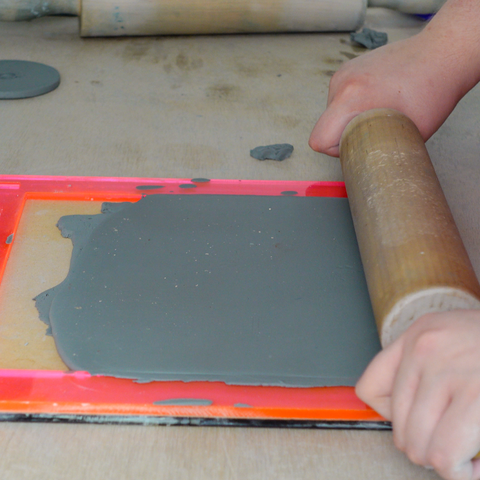

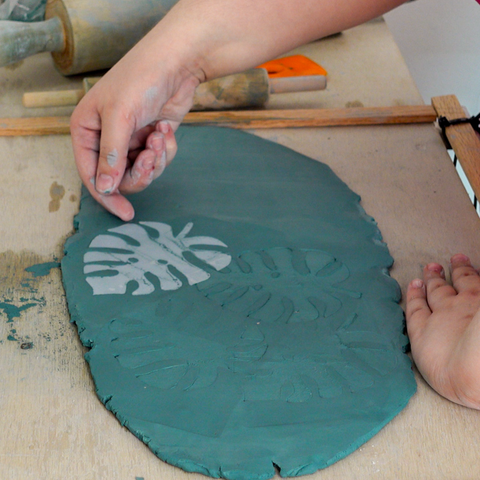

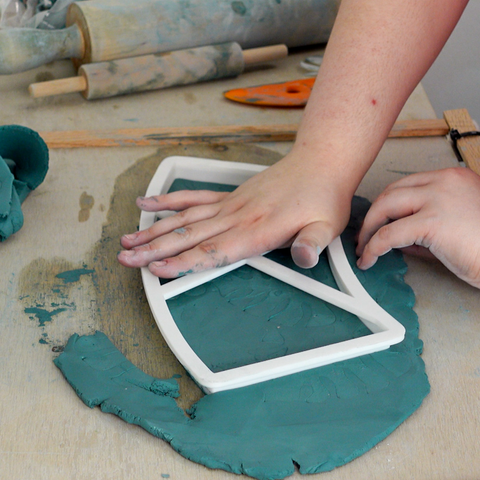

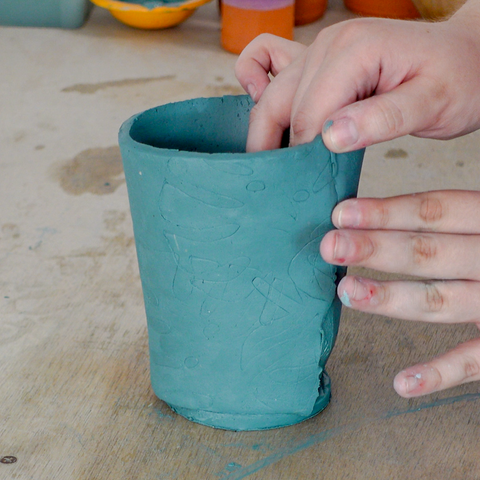

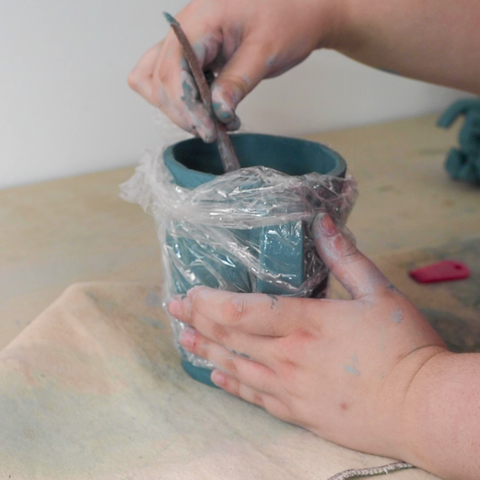



Get a Smashed Studio Membership and get 10% off all orders, access to premium content, exclusive products and discounts.

